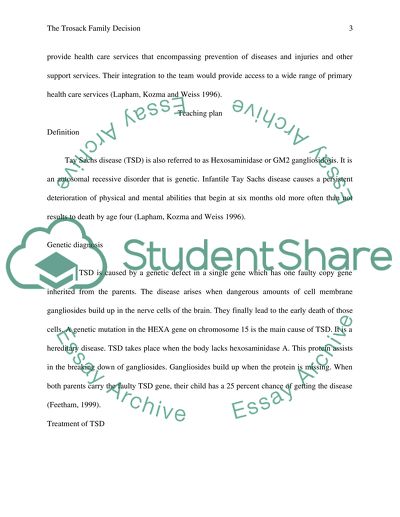Cite this document
(“The Trosack Family Decision Essay Example | Topics and Well Written Essays - 1250 words”, n.d.)
Retrieved from https://studentshare.org/nursing/1436733-the-trosack-family-decision
Retrieved from https://studentshare.org/nursing/1436733-the-trosack-family-decision
(The Trosack Family Decision Essay Example | Topics and Well Written Essays - 1250 Words)
https://studentshare.org/nursing/1436733-the-trosack-family-decision.
https://studentshare.org/nursing/1436733-the-trosack-family-decision.
“The Trosack Family Decision Essay Example | Topics and Well Written Essays - 1250 Words”, n.d. https://studentshare.org/nursing/1436733-the-trosack-family-decision.


